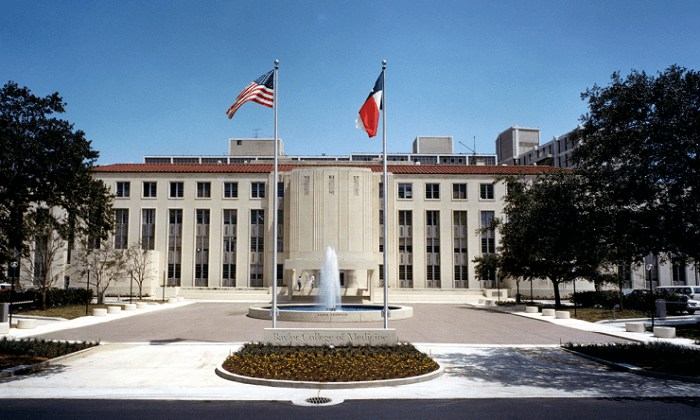San Francisco has long been romanticized as the beating heart of California’s innovation and culture. It’s the land of tech giants, iconic landmarks, and breathtaking bay views. But there’s another side to life in San Francisco—the staggering cost of living. Many people think earning a six-figure salary here is enough, but the truth is: it’s just the beginning. If you’re dreaming of living “comfortably” in San Francisco in 2025, here’s the harsh financial reality.
What Does “Comfortably” Even Mean?
“Comfortable living” typically means more than just covering your bills. It means:
-
Paying rent or mortgage without stress
-
Having money for groceries, transportation, healthcare, and utilities
-
Saving for retirement or emergencies
-
Enjoying entertainment, dining, and occasional travel
-
Maintaining a balanced lifestyle without living paycheck to paycheck
In San Francisco, this standard is far higher than the U.S. average due to extreme housing costs, expensive services, and one of the highest tax rates in the country.
The Housing Shock
Housing is by far the biggest expense. According to 2025 rental market data:
-
Average one-bedroom apartment rent: $3,500 – $4,200/month
-
Two-bedroom apartment rent: $4,800 – $5,800/month
-
Median home price: $1.4 million
If you plan to buy, your mortgage (with 20% down on a $1.4 million home at 6.5% interest) would be around $7,000/month—and that’s before property taxes and insurance.
Even if you rent, most experts suggest spending no more than 30% of income on housing. For a $4,000/month apartment, you need to earn about $13,500/month or $162,000/year just to keep it “affordable.”
Utilities and Internet
Basic utilities (electricity, heating, water, garbage) cost around $250/month for a modest apartment. Internet with decent speed adds $80–$120/month. If you add streaming services, your utility and entertainment tech bundle easily crosses $300/month.
Groceries & Dining
The Bay Area has notoriously high food costs. A typical grocery bill for one person:
-
$400 – $600/month (basic groceries)
-
Organic or specialty diets push it closer to $700/month
Dining out in San Francisco is a cultural experience, but it’s expensive:
-
Casual lunch: $15–$20
-
Nice dinner for two with drinks: $100+
-
Coffee culture? $5 for a latte is standard.
If you dine out twice a week and get coffee three times a week, that’s easily $500–$600/month just on eating out.
Transportation
While San Francisco has BART, MUNI, and other public transport, many people still need a car for convenience.
-
Car payment: $400–$700/month (if financed)
-
Insurance: $120–$200/month
-
Gas: $80–$150/month
-
Parking: $200–$400/month (if you’re unlucky)
Even without a car, public transportation passes cost around $86/month (MUNI) or $100–$200/month for regional commuting.
Healthcare & Insurance
Healthcare costs in California are above the national average:
-
Employer-sponsored plans still leave you paying $200–$400/month out of pocket.
-
Deductibles and copays can add hundreds more annually.
If you’re self-employed, private insurance can easily cost $500–$700/month.
Childcare & Education (If Applicable)
For families, childcare is brutal:
-
Infant care: $2,500 – $3,000/month
-
Preschool: $1,800 – $2,400/month
-
Private school (if chosen): $25,000 – $40,000/year
Even if you don’t have kids, the high cost of living indirectly affects services (babysitting, after-school care, etc.) because labor costs are higher.
Taxes: The Silent Killer
California has one of the highest state income tax rates in the country (up to 13.3% for top earners). Combine that with federal taxes, Social Security, and Medicare, and you’re losing roughly 30–40% of your gross pay depending on income bracket.
For example:
-
$200,000 salary: After taxes =
$130,000 ($10,833/month) -
$300,000 salary: After taxes =
$195,000 ($16,250/month)
This means your “comfortable” salary shrinks fast once Uncle Sam and California take their cut.
Lifestyle & Entertainment
Living comfortably also means enjoying life. But in San Francisco:
-
Gym membership: $80–$120/month
-
Weekend brunch: $40–$60 per outing
-
Concerts & sports events: $100–$300 per ticket (depending on the event)
-
Occasional weekend getaway (Napa, Tahoe): $500+ for two
Even a modest social life in SF can cost $500–$1,000/month.
Savings & Emergency Fund
Financial experts recommend saving at least 20% of income for retirement and emergencies. In SF, if your monthly expenses are $8,000, you’d need to save $1,600/month to stay secure. That pushes your “comfortable” income requirement even higher.
The Bottom Line: What You Actually Need to Earn
Scenario 1: Single Professional (No Kids, Renting 1-Bedroom)
-
Rent: $3,800
-
Utilities & Internet: $300
-
Groceries & Dining: $1,000
-
Transportation: $200
-
Healthcare: $300
-
Entertainment & Misc: $500
-
Savings (20%): $1,620
Total: $7,720/month (~$92,640/year after tax).
With taxes, you need to earn $150,000–$160,000/year just to live alone comfortably.
Scenario 2: Family of Four (Renting 2-Bedroom, One Kid in Childcare)
-
Rent: $5,200
-
Utilities & Internet: $400
-
Groceries & Dining: $2,000
-
Transportation: $800 (two cars or one car + transit)
-
Childcare: $2,800
-
Healthcare: $600
-
Entertainment & Misc: $800
-
Savings (20%): $2,920
Total: $15,520/month (~$186,240/year after tax).
That means earning $300,000/year pre-tax to maintain a comfortable family life.
Can You Live Comfortably for Less?
Some people manage on much less by:
-
Renting with roommates or living in outer Bay Area cities (Oakland, Daly City, etc.)
-
Cooking at home instead of dining out
-
Using public transport exclusively
-
Skipping childcare by adjusting work schedules or having family help
But that often means sacrificing comfort, which defeats the point of “comfortable living.”
The Brutal Truth
Living comfortably in San Francisco isn’t about earning six figures anymore—it’s about earning mid to high six figures. The dream of enjoying cable cars, world-class dining, and ocean views comes with a price tag few are ready for.
For many, the cost is simply too high, which is why so many people are moving out to nearby cities or even leaving California altogether. Yet, for those who can afford it, San Francisco still offers unmatched career opportunities and cultural richness.
Bottom line: If you want to live comfortably in San Francisco, start aiming for $150,000/year (single) or $300,000/year (family)—otherwise, be prepared to compromise.




